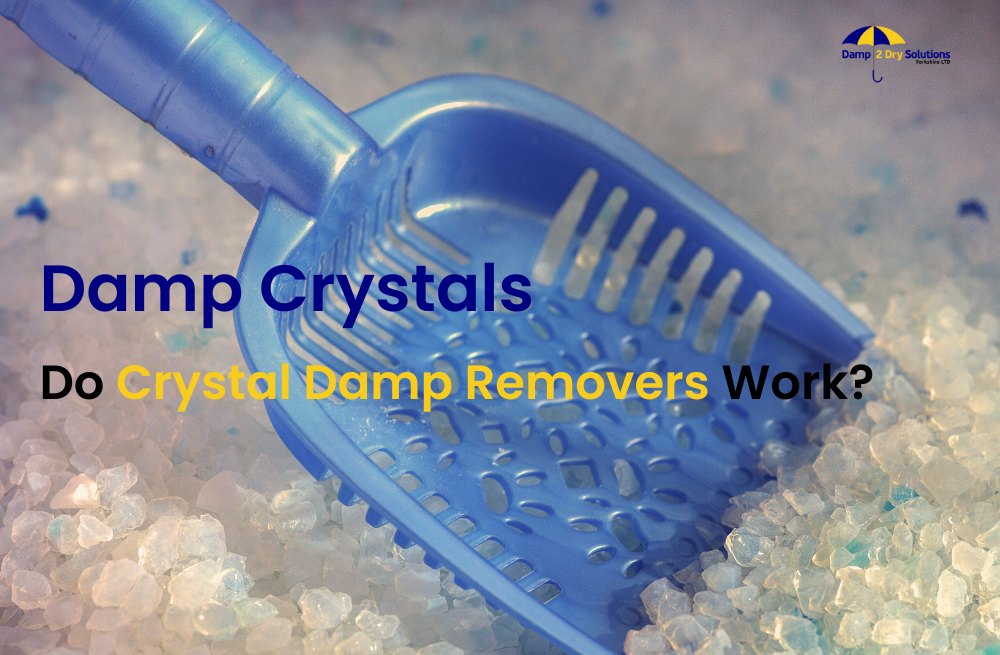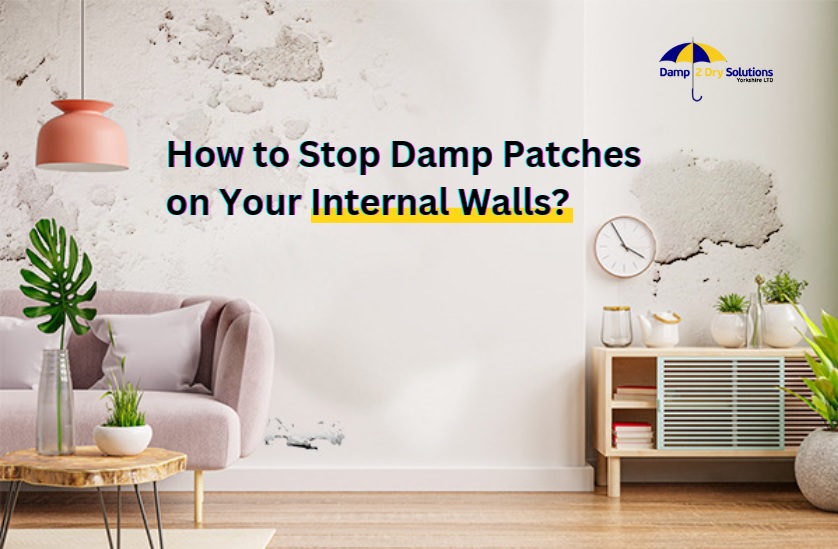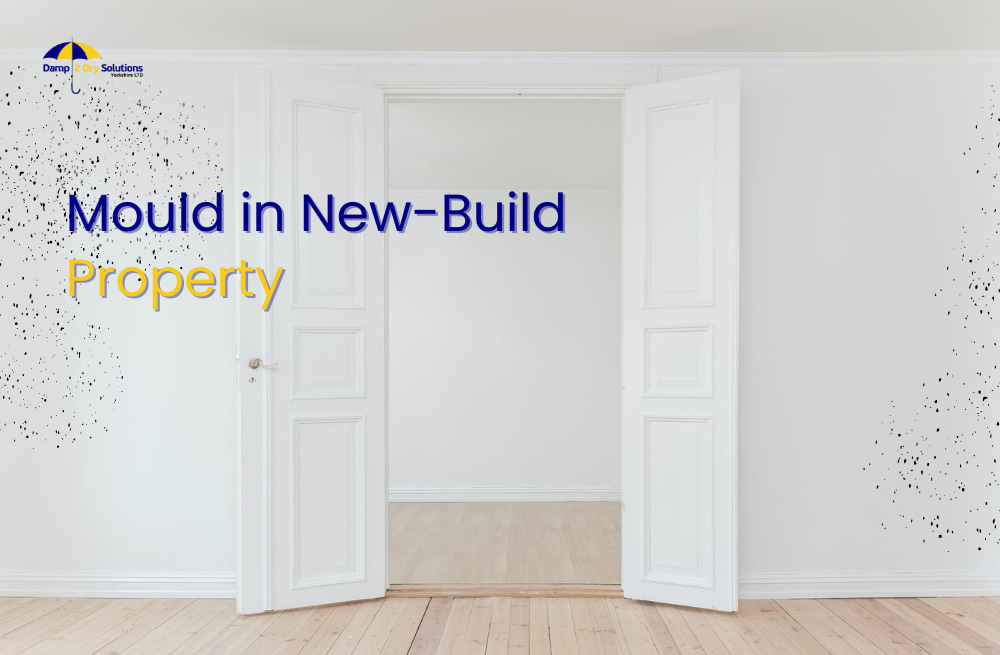Dampness in our homes is a common problem that can lead to various issues, including mould growth, musty odors, and even structural damage. To combat this problem, many homeowners turn to various solutions, and one that has gained popularity in recent years is crystal damp removers or dehumidifier crystals. But do these products really work?
In this blog, we’ll explore the effectiveness of crystal damp removers and whether they are a viable solution for dampness issues in your home.
What are the Damp Crystals?
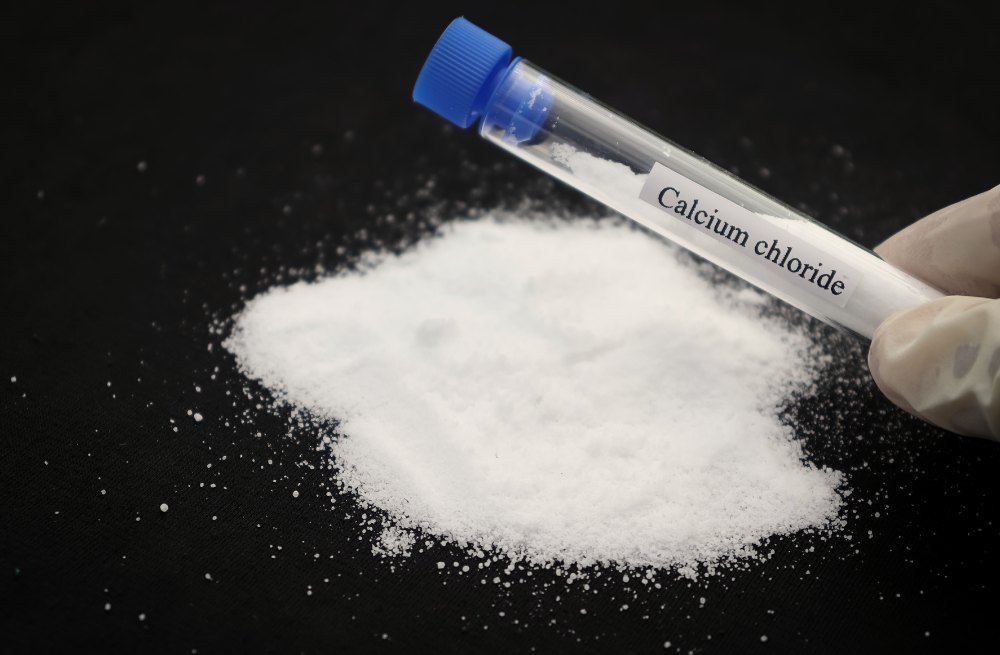
Crystal damp removers or damp crystals are small, often pouch-like devices filled with moisture-absorbing crystals. These crystals are typically made from a substance called calcium chloride, which has excellent moisture-absorbing properties.
The idea is simple: you place these pouches in areas prone to dampness, and they are supposed to absorb excess moisture from the air.
How do damp crystals work?
The working principle behind crystal damp removers is based on a natural process known as hygroscopy. Hygroscopic substances, like calcium chloride, have a strong affinity for water molecules.
When exposed to air, the crystals in the damp crystals absorb moisture from the surrounding environment. As they absorb moisture, they turn into a liquid solution. This liquid is then collected at the bottom of the pouch, which prevents it from re-entering the air.
In what areas can moisture-absorbing crystals be applied?

Moisture-absorbing crystals have a wide range of applications in the UK, thanks to its often damp climate. Damp crystals can be effectively used in wardrobes, cupboards, basements, bathrooms, and even outdoor settings like caravans and boats. These crystals offer a simple yet efficient solution to damp traps, preventing issues such as mould growth, musty odours, and damage to stored items.
Whether it’s in your home, recreational vehicle, or storage spaces, moisture-absorbing crystals help maintain a dry and comfortable environment, making them a valuable addition for UK residents seeking to tackle moisture-related challenges.
What’s the ideal schedule for changing damp crystals?
Damp crystals should be replaced when they have fully liquefied. In the UK, where humidity levels can vary, the frequency of replacement may range from several weeks to a few months.
Regularly check the crystals, and once they have turned into a liquid, dispose of them and replace them with fresh crystals. This proactive approach ensures that the crystals continue to effectively absorb excess moisture, helping to maintain a drier environment and prevent issues like mould and musty odours.
The Effectiveness of Damp Crystals
Damp Crystals removers, also known as moisture absorbers, have gained popularity as a quick and easy solution for addressing dampness issues in UK homes. But before you invest in these products, it’s crucial to understand their effectiveness and limitations.
Pros of Crystal Damp Removers
- Damp crystals are easy to use: One of the primary advantages of crystal damp removers is their simplicity. In the often damp and humid climate of the UK, having a straightforward solution is a plus. These products require no special installation or technical expertise. You simply place them in areas prone to dampness, such as closets, cupboards, or basements, and they start working immediately.
- Cost-Effective: In a region where weather-related dampness is not uncommon, budget-conscious homeowners find crystal damp removers to be a cost-effective option. They are affordable and can provide a temporary solution to alleviate dampness.
- Low Maintenance: Damp crystals require minimal maintenance. You only need to replace them when the crystals have completely liquefied, which can take several weeks to months depending on the humidity levels in your home. This low-maintenance aspect is particularly appealing to those looking for a hassle-free way to combat dampness.
- No Electricity Required: Unlike dehumidifiers, Damp crystals operate without electricity. This means you won’t see an increase in your energy bills, making them an environmentally friendly and cost-efficient option.
Cons of Damp Crystals
- Limited Coverage: While damp crystal removers excel in small, enclosed spaces, they may not be effective in larger areas or open rooms. In a typical UK home, this limitation can be a drawback, as moisture issues can occur throughout the house.
- Not a Permanent Solution: Crystal damp removers are a temporary fix to alleviate dampness rather than a long-term solution. They do not address the root cause of the issue, such as poor ventilation or structural problems. In areas with chronic dampness, a more comprehensive approach may be necessary.
- Regular Replacement: As mentioned earlier, you need to replace the crystals when they become a liquid. This ongoing cost may add up over time, making them less cost-effective in the long run compared to other solutions.
- Effectiveness in Extremely Humid Climates: In regions of the UK with consistently high humidity levels, such as coastal areas, damp crystals may struggle to keep up with the moisture. They are more effective in moderately humid conditions and may require frequent replacement in extremely humid climates.
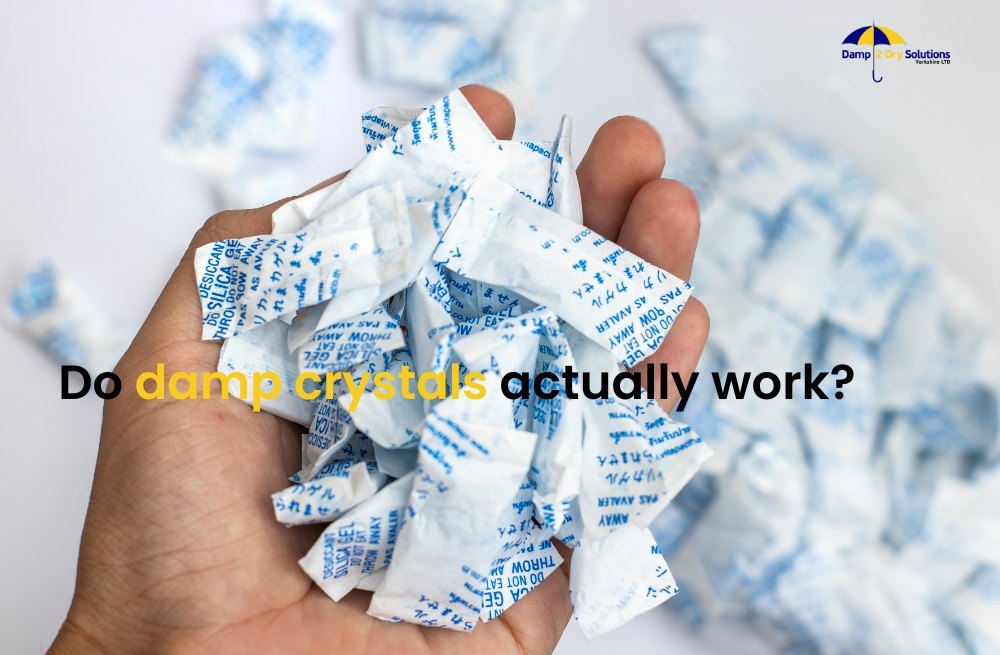
So do damp crystals work?
Are Damp Crystals Effective? In a damp and humid climate like the UK, the answer is a resounding ‘yes.’ Damp crystals do indeed work wonders at reducing excess moisture and water in the air. However, the key to their effectiveness lies in the when and where of their application, which we’re about to delve into with a touch more detail.
Alternatives to Crystal Damp Removers
Damp crystals are just one option in the arsenal of damp control. If you have more severe or persistent moisture problems than you should consider a long-term solution for dampness. Here are additional alternatives to consider as interior dehumidifier.
1. Dehumidifiers
Dehumidifiers are highly effective devices designed to regulate humidity levels in your home. They work by pulling in moist air, condensing the moisture, and then releasing dry air back into the room.
Dehumidifiers are particularly beneficial in larger spaces or areas with consistently high humidity levels. In the UK, where dampness due to weather conditions is not uncommon, investing in a good-quality dehumidifier can be a smart choice. They come in various sizes to suit different room sizes and can help maintain a consistent level of humidity throughout your home.
2. Proper Ventilation
In many cases, poor ventilation can exacerbate dampness issues in homes. Ensuring proper airflow can be a cost-effective and practical solution. You can achieve better ventilation by:
- Installing extractor fans in areas prone to dampness, such as bathrooms and kitchens.
- Opening windows regularly to allow fresh air to circulate.
- Consider a heat recovery ventilation system (HRV) that helps maintain optimal indoor air quality while reducing humidity.
3. Waterproofing
For more severe cases of dampness, especially in basements or lower levels of your home, waterproofing is a more permanent solution. Waterproofing involves sealing walls and floors to prevent moisture infiltration from the outside. This process can be extensive and may require professional assistance. However, it is often the most effective way to tackle persistent damp issues, particularly in areas exposed to groundwater or heavy rain.
4. Insulation
Proper insulation is crucial in maintaining a dry and comfortable home. Insulation not only regulates temperature but also helps prevent condensation and dampness. Ensure that your home is adequately insulated, paying attention to areas like roofs, walls, and floors. Insulation materials such as fibre glass or foam board can help create a barrier against moisture intrusion.
5. Regular Maintenance
Prevention is often the best solution to dampness. Regularly inspect your home for leaks, cracks, and areas where moisture might enter. Repair any damaged roof tiles, cracked walls, or faulty plumbing promptly. By addressing these issues proactively, you can prevent dampness from becoming a more significant problem.
In many cases, a combination of these alternatives may be the most effective approach to combat dampness in your UK home. Be sure to consult with a professional if you’re uncertain about the best course of action for your situation.
In a nutshell
Crystal damp moisture absorber can be a helpful solution for minor dampness issues in your home. Damp Crystals are easy to use, cost-effective, and low-maintenance. However, it’s essential to remember that they are not a permanent fix and may not be suitable for larger spaces or severe moisture problems. Consider your specific needs and the extent of your dampness issue when deciding whether crystal damp removers are right for you.
Damp crystals may be a quick fix, but Damp2Dry Solutions is your long-term solution. With years of experience in damp proofing, we’ve perfected the art of keeping UK homes dry, warm, and welcoming.
Discover the peace of mind that comes with our expert services. Book A Damp Survey Today!


